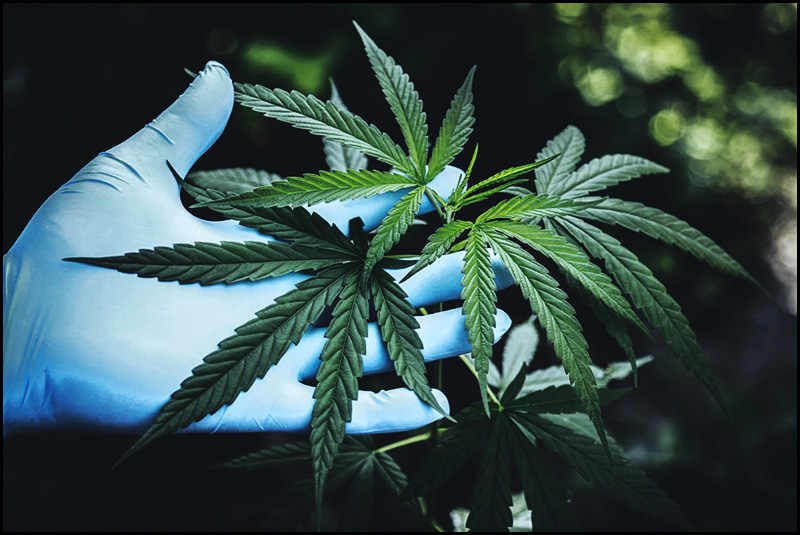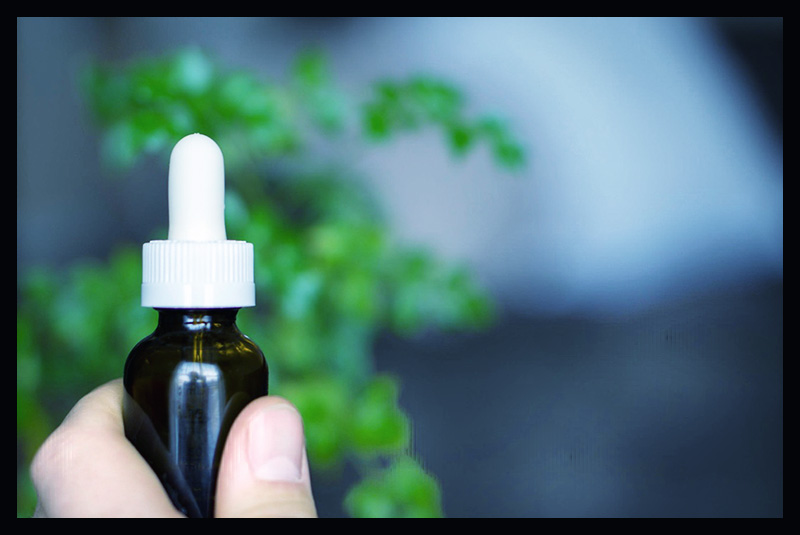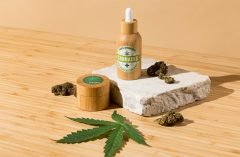Table of Contents

In recent years, CBD, the non-psychoactive offshoot of the cannabis plant, has emerged as a beacon in the wellness industry. From aiding sleep to providing relief from chronic pain, its therapeutic applications have garnered significant attention. Then again, so has CBD marketing, a vital aspect of getting the message out about the benefits of CBD.
This growing interest is reflected in a report by Forbes, which estimated the global CBD market size to exceed $19.5 billion by 2025. But as more brands endeavor to tap into this lucrative market, the landscape becomes increasingly competitive. Ensuring visibility, trust, and a unique brand narrative in such an environment demands more than traditional marketing tactics.
As we look ahead, a new horizon of marketing strategies and innovative approaches unfolds for CBD brands. It’s no longer just about selling a product; it’s about crafting an authentic experience and narrative in an evolving marketplace.
Social Media and CBD Marketing: The Instagram Example
Instagram isn’t just for holiday snaps and foodie pics; it’s also becoming a vital platform for CBD marketing. With its extensive user base, especially among younger generations, Instagram presents a golden opportunity for brands. The visual nature of this platform makes it perfect for showcasing the benefits and myriad uses of CBD products, from oils to topical creams.
But simply having an Instagram profile isn’t enough. Active growth and audience nurturing are paramount. Here’s where utilizing the ultimate platform for real Instagram follower growth becomes beneficial. These platforms can help brands streamline their audience-building efforts.
Furthermore, Instagram’s evolving features, such as Stories and Reels, provide a plethora of unique marketing opportunities for CBD brands, allowing for more interactive and engaging content.
CBD and Content CBD Marketing: Educate to Convert
Misconceptions about CBD still abound. Many potential customers are hesitant, often because of a lack of understanding or the stigmatization of cannabis. Content marketing can bridge this knowledge gap. By providing clear, factual, and engaging information through blogs, eBooks, and videos, brands can demystify CBD, turning skeptics into converts.
Beyond just educating, there’s also the SEO angle to consider. Well-researched and optimized content can improve a brand’s visibility on search engines. This means that when someone types in a query related to CBD benefits, uses, or reviews, there’s a higher likelihood your brand will appear in their search results, driving organic traffic to your site.
Influencer Partnerships: The New Word-of-Mouth
Influencer marketing isn’t just a buzzword; it’s the modern iteration of word-of-mouth. Especially in an industry like CBD, where trust is vital, collaborating with the right influencers can lend brands credibility. But the key lies in selecting individuals whose audiences align with the CBD target market. Whether it’s a wellness guru, a fitness enthusiast, or a chronic pain blogger, the influencer’s ethos should resonate with the brand’s vision.
Transparency and authenticity can’t be emphasized enough. Audiences today are discerning; they can sense when collaborations are merely transactional. Brands and influencers alike should prioritize genuine partnerships that bring value to the audience. Some notable examples include CBD brands teaming up with influencers for in-depth product reviews or educational series debunking CBD myths.
Tech Innovations in CBD Marketing
As the digital landscape evolves, so do the tools and technologies available to marketers. Both augmented reality (AR) and virtual reality (VR) are carving niches in the CBD marketing arena. Imagine offering users a virtual store tour where they can “walk” through aisles of CBD products or utilize AR to visualize how a product might look in their space.
Then there’s the increasing role of chatbots and AI. These automated customer service tools can answer queries, offer product recommendations, and even facilitate purchases. Their round-the-clock availability boosts sales and fosters customer loyalty, providing a seamless shopping experience.
Regulations and Compliance: Navigating the Challenges
The legal landscape of CBD and its marketing is ever-changing. Brands need to be both proactive and reactive, ensuring their marketing strategies evolve in tandem with regulations. This involves staying abreast of legal developments in various regions, adapting content to suit local guidelines, and ensuring transparency in all communications.
Still, while challenging, navigating these regulatory waters is crucial. A marketing campaign that doesn’t toe the line can harm a brand’s reputation, undoing all the goodwill built over time. Implementing best practices, from ensuring accurate product labeling to vetting all marketing content for compliance, can help brands maintain their integrity and trustworthiness.
 Final Thoughts and Looking Ahead
Final Thoughts and Looking Ahead
As societal views on CBD continue to shift toward acceptance and normalization, brands are poised for growth. But with this growth comes the imperative to innovate. Whether it’s harnessing the latest social media features, leveraging tech tools, or staying compliant in a dynamic regulatory environment, CBD brands must remain adaptable.
The future of CBD marketing is bright, but only for those who are ready to evolve, innovate, and engage genuinely with their audience.
Related Articles You Might Like:
Does CBD Oil Finally Have Verifiable Health Benefits in 2023 ?


 Final Thoughts and Looking Ahead
Final Thoughts and Looking Ahead

